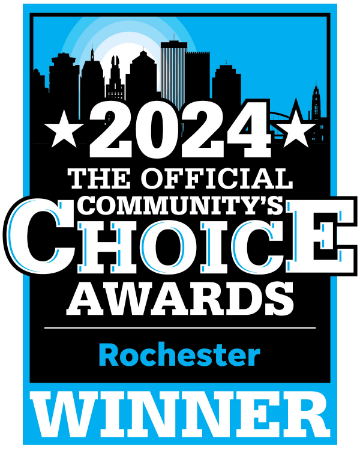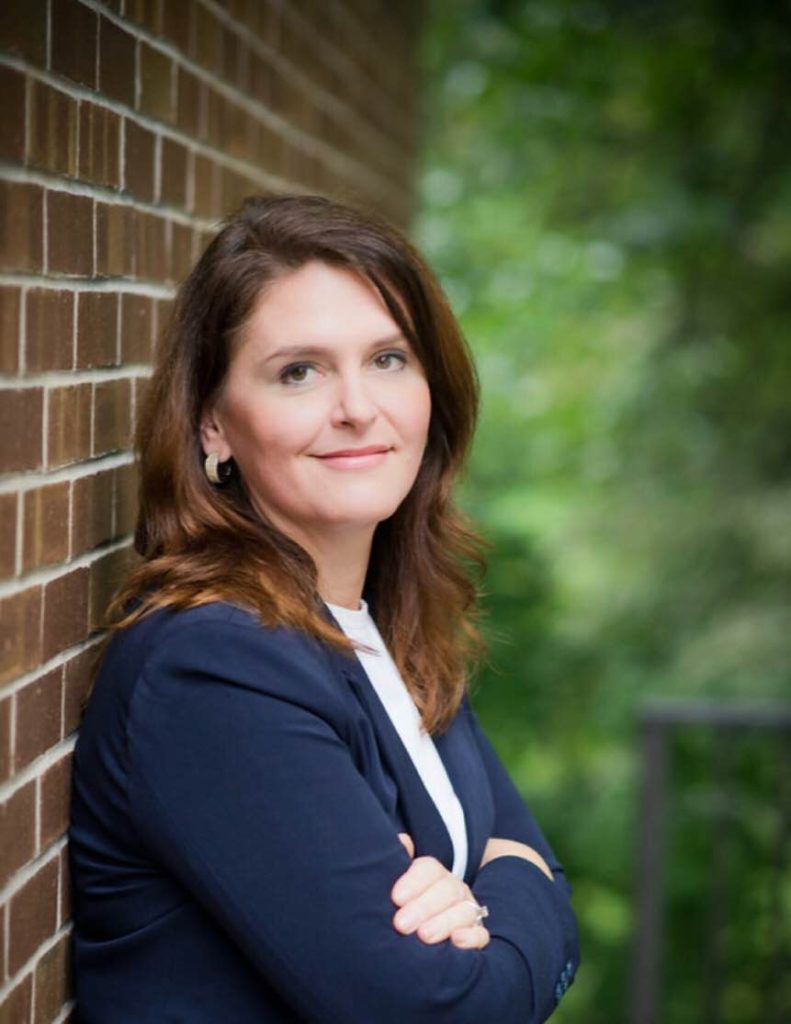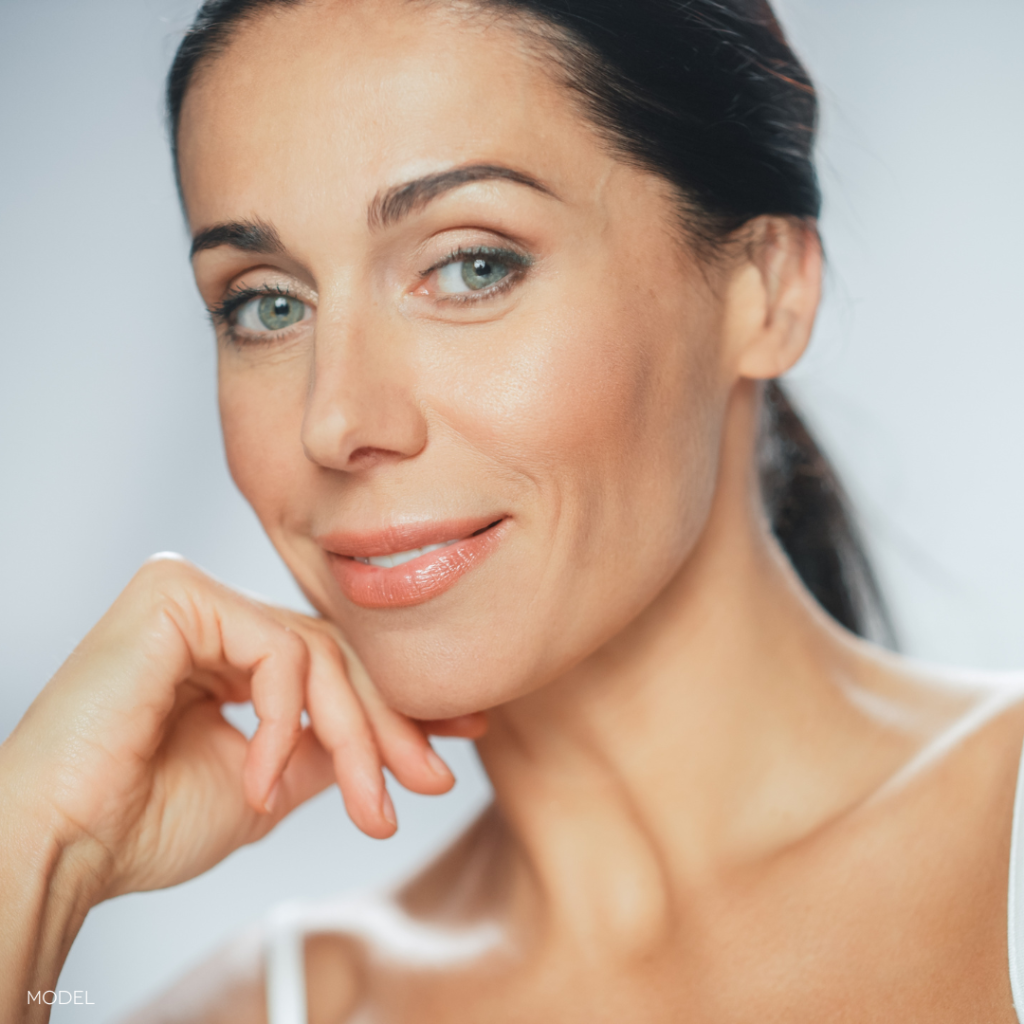-by Brooke Laundry, Patient Consultant for Dr. Vito C. Quatela, double board-certified facial plastic surgeon
When I applied to work at the Quatela Center 21 years ago, I had just gotten married and relocated back home to Rochester. At that time, I was hired as a Clinical Technician and Dr. Quatela was the only physician in the practice. My duties consisted of assisting with patient care, post-operative care, in-office procedures and shadowing Dr. Quatela while seeing patients. I took that opportunity to fully immerse myself in understanding the approach that Dr. Quatela had with his patients, the questions that he asked and the “why” behind it all. During post-operative visits, Dr. Quatela would chat about how things were progressing, inquire about how patients were feeling, and engage in conversation about a variety of non-medical topics. I was impressed with the way that Dr. Quatela, given his busy schedule, always took the time to chat with each patient about anything from the weather, kids, or a new wine recommendation. He understood the value of hearing each patient’s concerns and the reasons behind their visit. Answering those questions was important to establishing a level of comfort and certainly worth the time investment.
A New Position
When the position of Patient Consultant became available, I was immediately intrigued and knew that it was something that I would love and excel at. I thought that I could even take the role to a new level. When I expressed my interest in the role to Dr. Quatela (at that time we had no HR department), he looked at me, smiled and said, “I think you would be great, but I will miss you in clinic.”
It was an easy transition for me. At that time, the role of the Patient Care Coordinator consisted of talking to new patients as they went through their surgery process from consultation to scheduling and beyond. The dialog would begin with the question of what was bothering them. As an example, a patient might be unhappy with their nose, and they would share that they had been thinking of making a change for nearly 10 years. For various reasons such as nerves, concern about pain, or the fear of looking unnatural, they had put off taking the first step and calling. I would do my best to reassure them about Dr. Quatela’s training, experience, and abilities, and convey that the end results would be both pleasing and natural.
After their appointment with Dr. Quatela, I would review the costs of the associated options and potential dates for their surgery. I enjoyed this role, but I also felt that my interactions with patients were somewhat administrative. There was more that could be done in this role, and I was confident that I could add value to the entire experience.
Visual art has always been a part of my life. As a child, I loved drawing and would ask for crayons every Christmas. There was nothing quite as exciting as receiving a new 64-color pack (with the sharpener built in). My art interest matured as I moved into pencils, acrylics, and oil. Art school was the obvious path for me, but once I got there something was missing. Out of necessity, I pivoted to the medical field, working as a Patient Care Technician for a handful of physicians in both Rochester and Syracuse before ultimately landing at the Lindsay House. Little did I know that my original passion of art and visualization would suddenly blend with my new career path within the medical field.
“I just wish I could see what it would look like!”
This was the key phrase that I would hear over and over again when talking to patients. At the time, Dr. Quatela was using our imaging program only with select consultation appointments and was also struggling with scheduling, as he often had to travel and was not able to see patients as much as he would have liked. This void offered an opportunity! I was artistic, and I had a clinical background. In addition to my background and skills, I understood Dr. Quatela’s sensibilities, compassion, dedication to his work, and desire to create uplifting experiences.
The Image Enhancement Session was Born
This unmet need turned into the Image Enhancement Session, or IES, appointment. This unique appointment is an opportunity for patients to come in and have a casual discussion with me about what is bothering them when they look in the mirror. It might be that bump on their nose or that furrow in their brow. After taking some initial photos, we take a moment to review them together so we can pinpoint what is truly bothering them. We then get to the fun stuff. Using our imaging software, I am able to make subtle changes to that nasal bump, or that neckline which isn’t as contoured as it used to be. Prospective patients can see that, at the end of the day, they will still look like themselves, just a bit younger or without that prominent nose bump. The focus can then shift back to the patient’s smile.
The appointment also includes a discussion about the reasons that they are thinking about surgery. Quite often, this focuses around the desire to look natural or to look perhaps a bit younger. We talk about the options that each person has, the downtime associated with these options and associated timeline. We are conscience of upcoming weddings or a new job where patients want to make a great first impression. I educate patients on the entire surgical process from start to finish, trying to settle nerves while also reassuring them that being nervous is perfectly normal. The surgery can be a big commitment, both financially and in the brief recovery time away from work or life, but it should also be exciting! I am always excited for my patients, as I myself have matured and seen changes in my face that I can’t wait to have addressed.
Building Relationships
The key role as a Patient Consultant is to listen and understand the WHY and the WHAT. The first thing that we ask patients is what bothers YOU. At the end of the day, the patient’s feelings are the most important thing. There are times when we may make suggestions, which perhaps include additional or different procedures, that in our opinion will give a superior end result. These suggestions are simply offered as options. Ultimately, our role is to educate and guide patients to a decision that makes sense to them.
My role as Patient Consultant doesn’t stop at the consultation process. My goal is to really connect with all of our patients. I love to answer all of their questions leading up to the consultation appointment with Dr. Quatela and the pre-operative appointment with our amazing nursing staff. After surgery, I truly enjoy the journey from the post-operative day one appointment to the 6-month final appointment. It’s always nice when people stop by my office to say hi, tell me how their vacation was, or how their son got into that college he was aiming for.
I am amazed sometimes when I pick up a call and someone who I have not spoken with for 18 years says, “Oh Brooke, you are still there!” It’s those relationships that define this role for me. So, here’s to another 18 years!
For more information about the Image Enhancement Session with Brooke, contact our office at Quatela.com or call (585) 244-1000.




This blog post offers an insightful look into the evolution of the patient consultant role in plastic surgery practices. It’s fascinating to learn how this position has developed over time to better serve patients and enhance their overall experience.